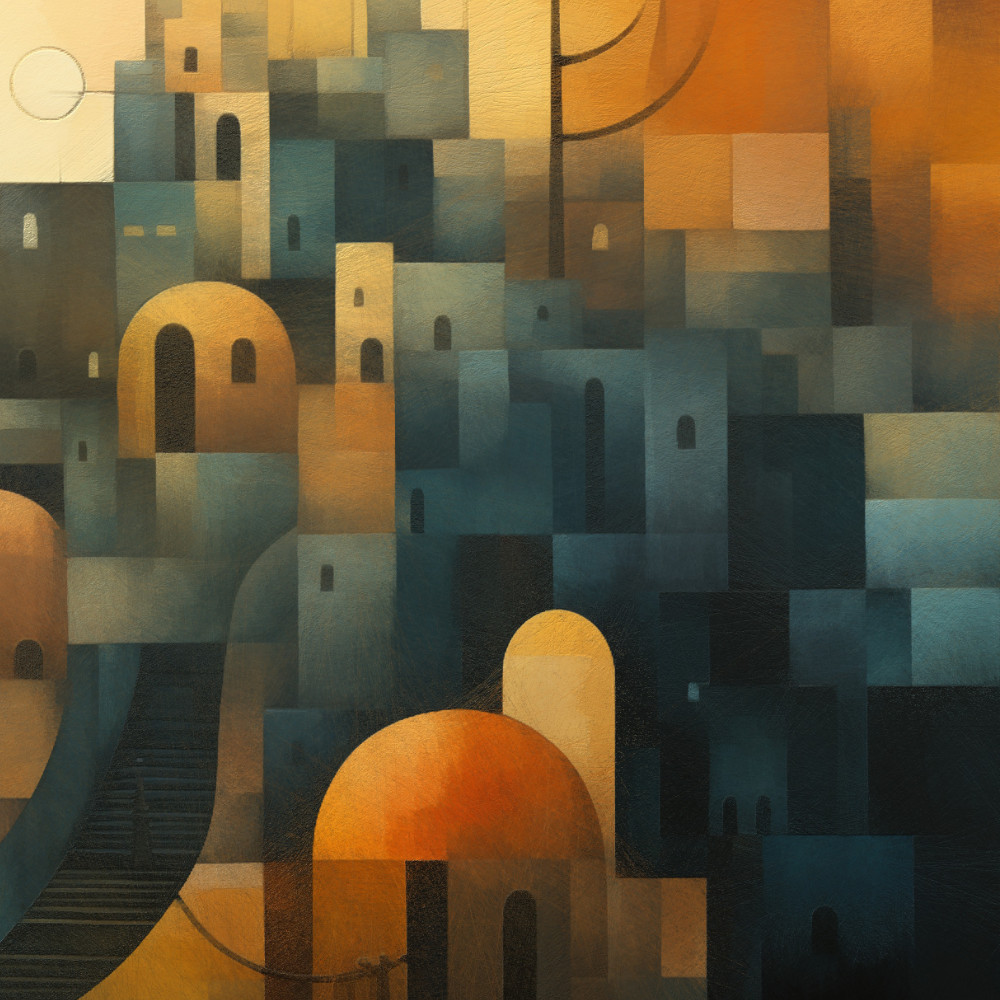Before Art
I ponder on a time when my ancestors first began to make art, long before the first known cave painting dated 64,000 years ago in a cave in Maltravieso, western Spain. I place that time in context: 640 people living one hundred years, one after another, adds up to 64,000 years. What seem like vast periods of time are far closer than I might at first think...
Humans used non-verbal language, gesture, metaphor, and symbols before they first began to speak around 70,000 years ago.
Pigment on shells for a necklace made by Neanderthals has been dated to 115,000 years ago. Prior to this discovery, Neanderthals were thought not to have created art. Homo sapiens no longer stand alone in this. 115,000 years ago is the equivalent of 1,150 people's lives who lived for one hundred years, one after the other. I can still just about imagine this number of people standing shoulder to shoulder in a single line around a relatively small athletics track.
Long before language, sculpture and painting, people danced and created sounds with their bodies and objects. Neanderthals lived alongside Homo Sapiens for tens of thousands of years, and I think it reasonable to consider music and dance was made over 150,000 years ago as a means of play, personal expression, and a way to nurture social cohesion.
Movement is the prelude to dance, which, like music, has time at its heart. Music and dance pre-date language by countless generations. It is no wonder these abstract art forms, unfettered from explicit meaning yet personally meaningful, move me to my core.
We respond to dance and music powerfully and instinctively because of our primal connection with sound and movement. As children, adults, when stricken with disease, when our minds struggle to understand, when awake and asleep, our ability to connect with the world and others through music remains intact. So long as our hearts beat, we feel the strength of rhythm, movement, and sound.
